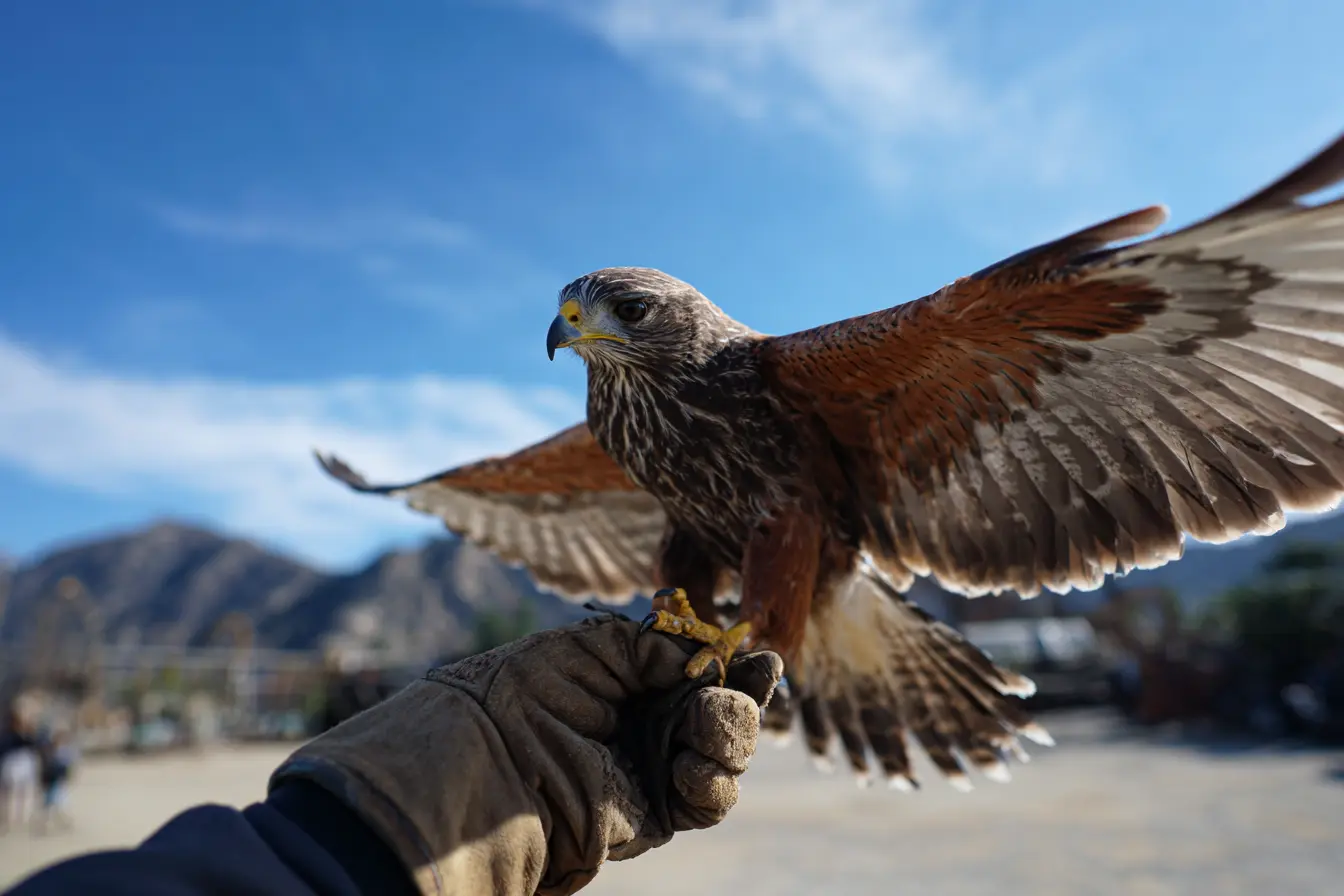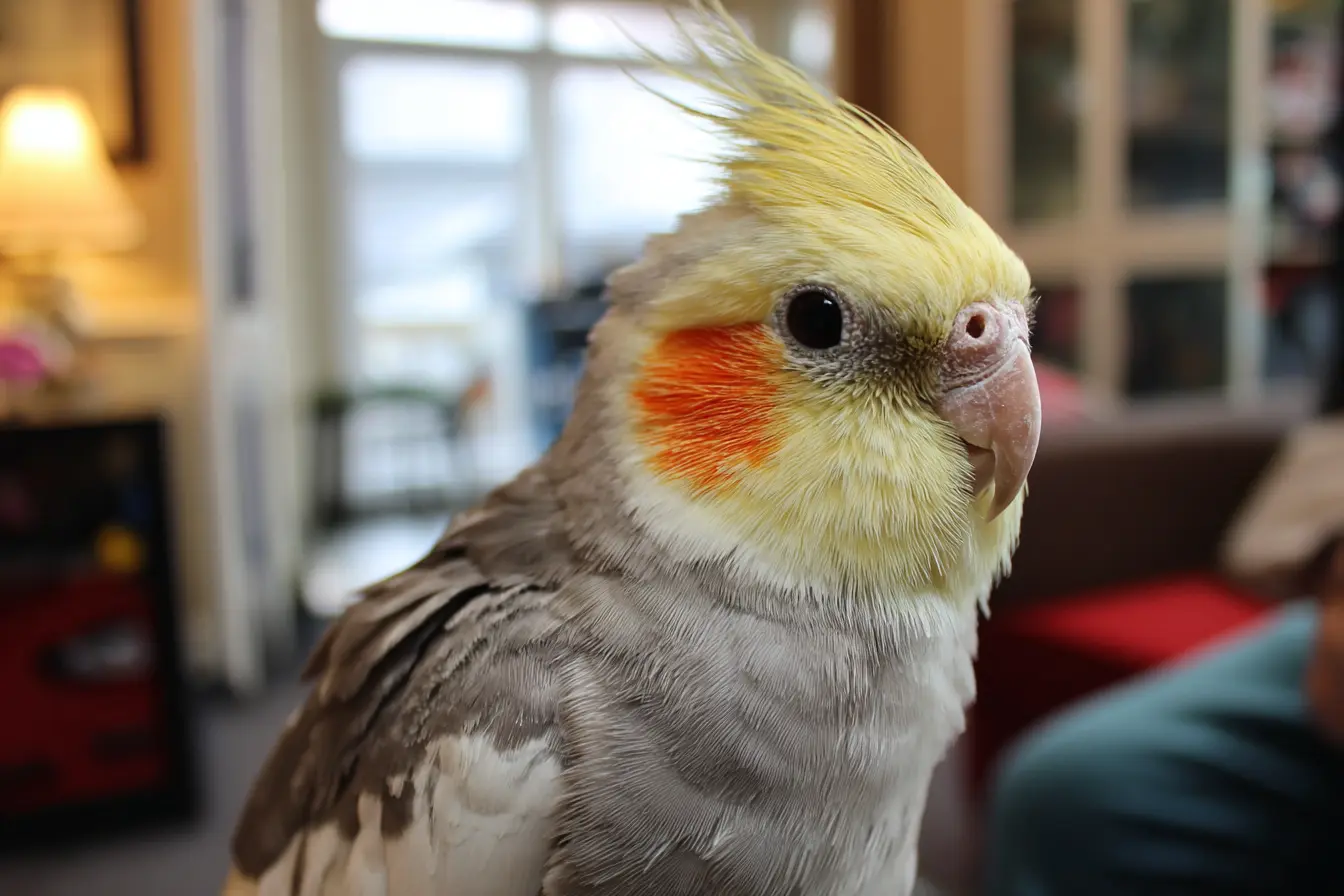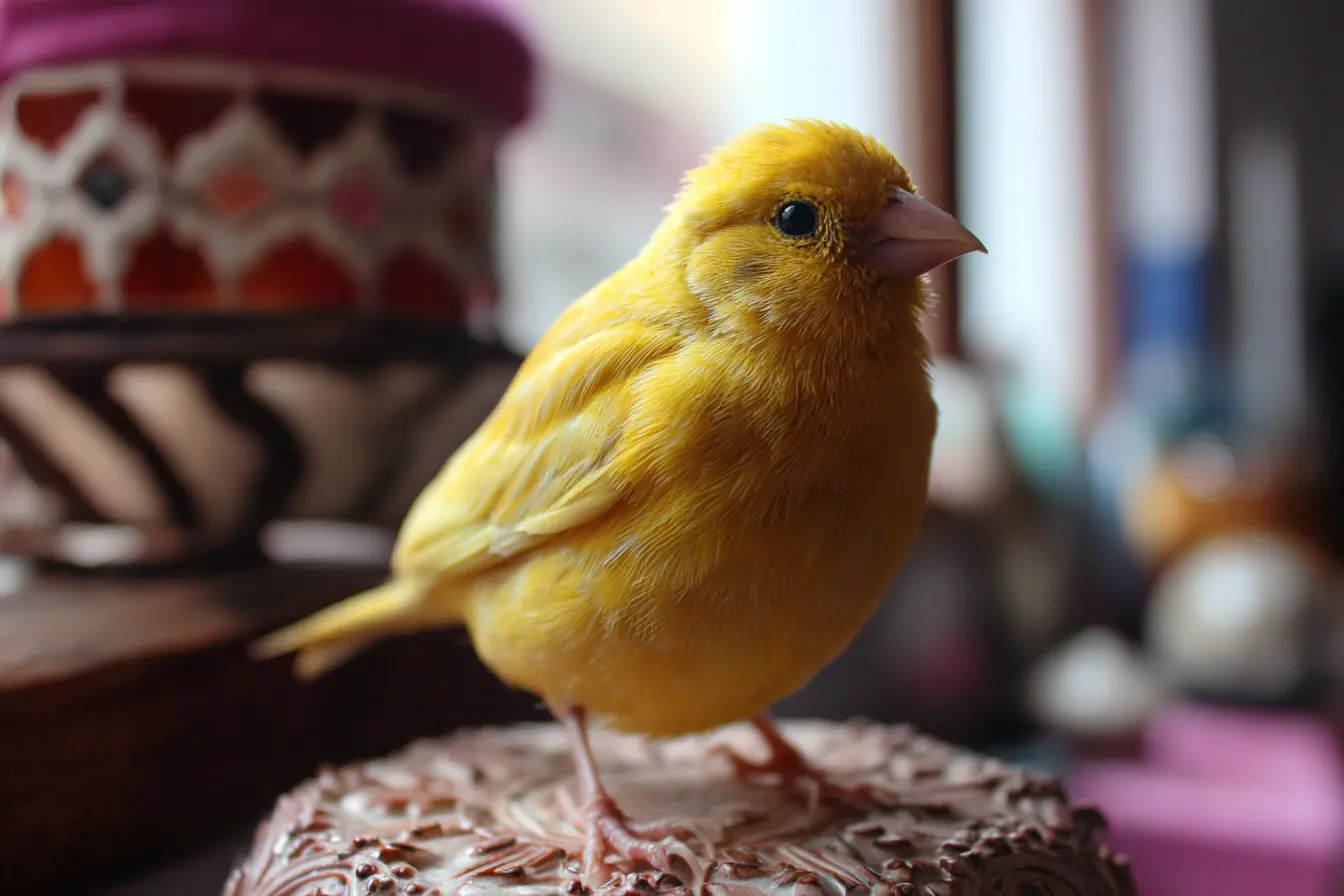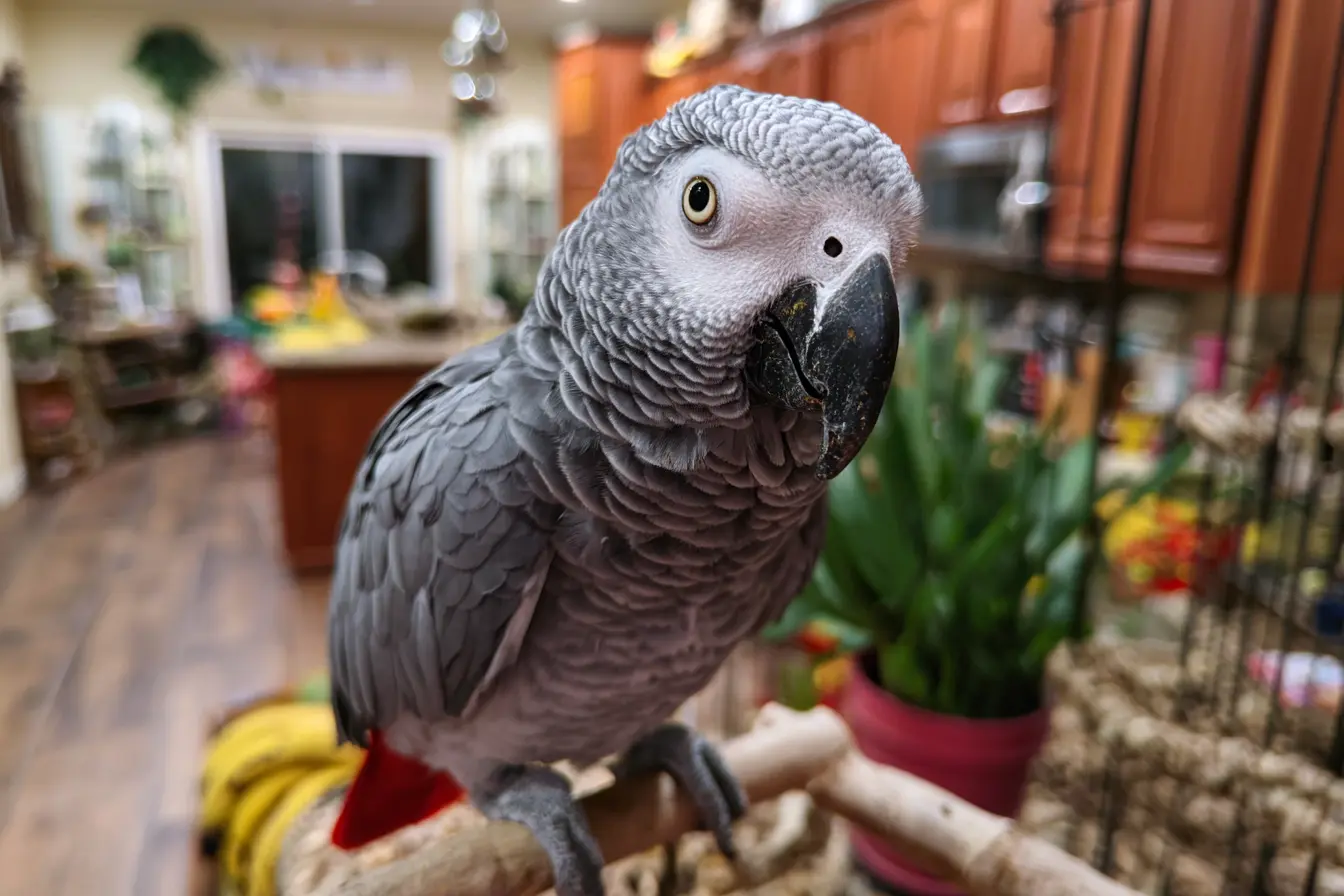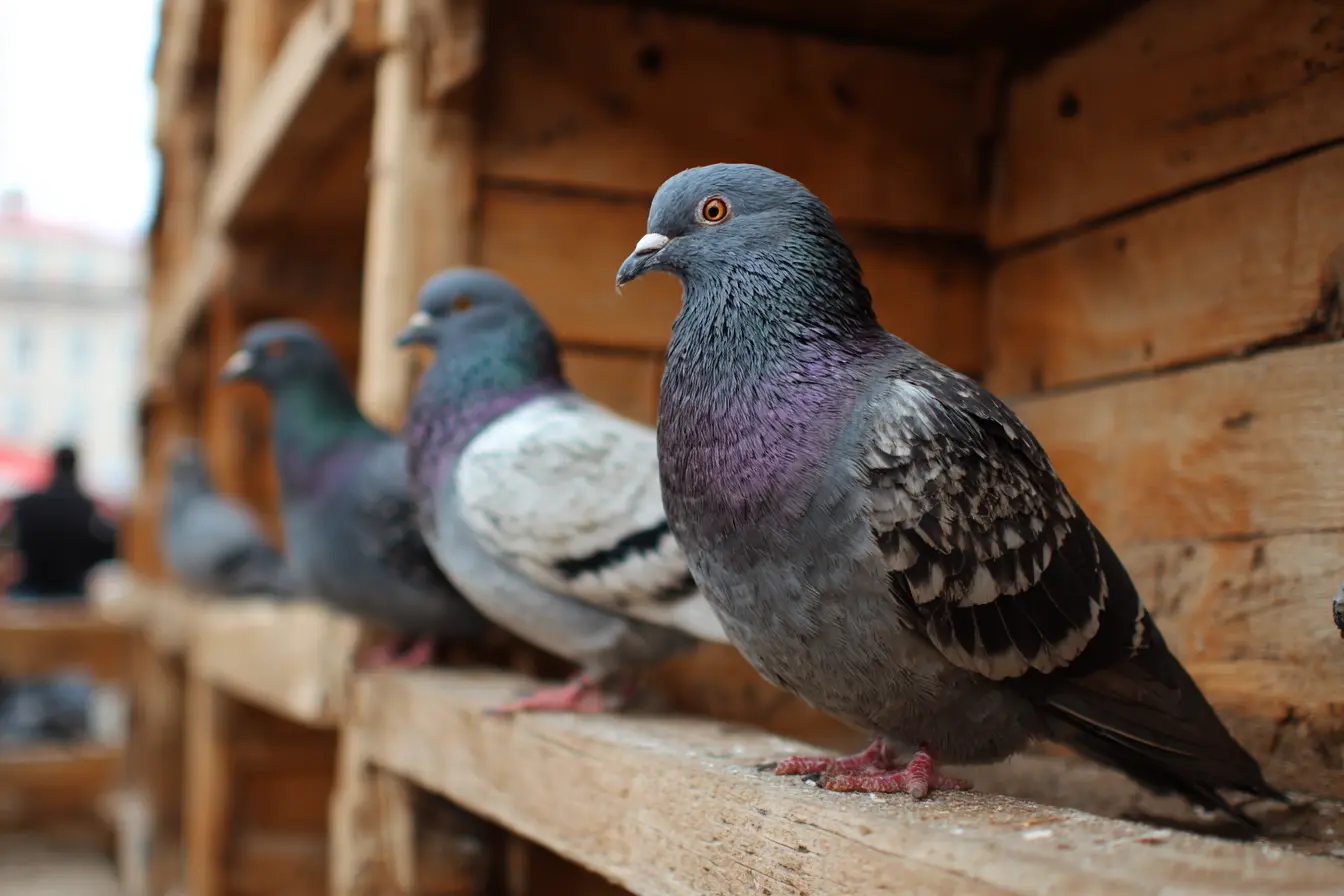
The Complete Beginner’s Guide to Racing Pigeons
Racing pigeons are a fascinating blend of athletic ability, loyalty, and instinct. For centuries, these remarkable birds have been selectively bred for their homing skills and speed, making them the stars of pigeon racing competitions worldwide. In the UK, pigeon racing is a well-established sport with a strong sense of tradition and community. If you’re thinking about starting out, this guide will walk you through everything you need to know, from choosing your birds to taking part in your first race.
Understanding Racing Pigeons
Racing pigeons are a special breed of Rock Dove (Columba livia), selectively bred for their exceptional homing ability and stamina. Unlike ordinary pigeons, they are trained to return home over distances of 50 to 600 miles, sometimes even further.
Key Characteristics
- Strong Homing Instinct: They navigate back to their loft over vast distances using a combination of the sun, magnetic fields, and visual landmarks.
- Endurance & Speed: Capable of sustained flight at speeds of up to 60 mph.
- Intelligence: Able to learn routes and respond well to training.
Getting Started
Joining a Club
The first step is to join a local pigeon racing club. Clubs are essential for:
- Learning from experienced fanciers.
- Access to organised races.
- Support with bird health and training tips.
Understanding the Rules
Races are run under regulations set by organisations such as the Royal Pigeon Racing Association (RPRA) in the UK. These cover:
- Timing methods
- Bird welfare
- Race distances
Choosing Your Racing Pigeons
Sources
- Reputable Breeders: Look for proven racing bloodlines.
- Club Members: Many will sell young birds (squeakers) at reasonable prices.
- Auctions: Both online and in-person pigeon auctions offer top-quality birds.
What to Look For
- Health: Bright eyes, clean feathers, and active behaviour.
- Pedigree: Racing performance in the bloodline can be a strong indicator of potential.
- Age: Young birds are easier to train for your specific loft location.
Setting Up Your Loft
Loft Size & Design
- Allow 4 cubic feet per bird to prevent overcrowding.
- Good ventilation without draughts.
- Dry, clean floors to prevent illness.
- Sections for nesting, roosting, and young birds.
Security
- Protect from predators (cats, hawks, rats).
- Strong wire mesh for outdoor aviaries.
Feeding & Nutrition
Daily Diet
- Racing Mix: A blend of maize, wheat, peas, and other grains.
- Grit: Essential for digestion and a source of calcium.
- Fresh Greens: Spinach, lettuce, and kale for extra vitamins.
- Fresh Water: Changed daily to avoid contamination.
Race Season Feeding
- Adjust carbohydrates and proteins according to training and racing schedules.
- Many fanciers use specialist racing mixes for peak performance.
Training Your Racing Pigeons
Loft Training
- Start with young birds at 4–6 weeks old.
- Let them fly freely around the loft to learn its location.
Road Training
- Begin short tosses at 1 mile from the loft.
- Gradually increase distance to 10, 20, 50 miles, etc.
- Release in different directions to improve navigation.
Race Preparation
- Ensure birds are in top health before entering a race.
- Keep to a consistent training routine.
The Racing Process
How a Race Works
- Birds are basketed and taken to the race point by the club.
- All birds are released at the same time.
- Timing systems (electronic rings or manual clocks) record their arrival.
- Speed is calculated based on distance and time.
Distances
- Sprint Races: 50–150 miles.
- Middle Distance: 150–300 miles.
- Long Distance: 300–600+ miles.
Health & Welfare
Common Issues
- Respiratory infections.
- Parasites (mites, worms).
- Canker (Trichomoniasis).
Preventative Care
- Keep the loft clean and dry.
- Regular health checks with an avian vet.
- Quarantine new birds before adding them to the loft.
Costs & Commitment
Initial Costs
- Loft construction: £500–£2000 depending on size.
- Birds: £20–£200+ each.
- Club membership: around £20–£50 per year.
Ongoing Costs
- Feed and supplements
- Entry fees for races
- Veterinary care
Tips for Beginners
- Be patient - building a strong racing team takes time.
- Keep detailed records of training, feeding, and race performance.
- Learn from experienced fanciers - most are happy to share advice.
- Always prioritise bird welfare over competition.
Conclusion
Racing pigeons are more than just competitors, they are loyal partners in a sport that blends tradition, skill, and a deep bond between human and bird. Getting started requires an investment of time, effort, and resources, but the rewards are immense. Whether you dream of winning national races or simply enjoy seeing your birds return home, pigeon racing offers a unique and fulfilling experience.
Vets near you
Speciality vets
- Aquatics vet specialists
- Birds vet specialists
- Camelids vet specialists
- Cats vet specialists
- Cattle vet specialists
- Deer vet specialists
- Dogs vet specialists
- Equines vet specialists
- Exotic vet specialists
- Goats vet specialists
- Pigs vet specialists
- Poultry vet specialists
- Sheep vet specialists
- Small Mammals vet specialists
- Wild vet specialists
